New Zealand is a paradise for travelers who love the outdoors. Its South Island is especially known for stunning natural beauty, with gorgeous Queenstown dubbed the “adventure capital of the world.” Most NZ visitor itineraries include time in Queenstown, with many adding a cruise on the splendid Milford Sound in the Fiordlands National Park.
Aoraki/Mount Cook National Park may be lesser known (and much less visited!), but its “Southern Alps” mountain scenery is equally spectacular and deserving of a visit. Majestic Mt. Cook, New Zealand’s tallest mountain at 12,218 feet (3,724 metres), is unquestionably the park’s alpine “crown jewel.”
Aoraki / Mount Cook National Park
New Zealand’s favorite son, Sir Edmund Hillary, climbed Mount Cook in 1948 during his preparation to be the first man to successfully conquer Mt. Everest in 1953 (with Sherpa Tenzing Norgay). Since then, the Mt. Cook region has been a center of mountaineering – and the park boasts an impressive 19 peaks over 3,000 meters (9,842+ ft.).
Rest assured, you do NOT need to be a hard-core alpinist to enjoy Mt. Cook (the park & the peak)! Instead, the area offers a wide array of activities to satisfy your “inner mountaineer” including beautiful (and easy!) hikes for us mere mortals. I promise you’ll be dazzled by the snow-covered mountain peaks, glistening white glaciers, glacial lakes filled with icebergs, and rivers flowing amidst alpine meadows adorned with wildflowers.
I visited the Aoraki/Mount Cook area with a group of friends in February 2015 as part of a 3-week “grand tour” of New Zealand. We planned the trip with Al Macdonald of Thrive Adventures, a fellow American who knows the country well and served as our wonderful guide. Al strongly recommended we include Mt. Cook National Park, one of his favorites.
So, yes, we spent 2 nights in Mt. Cook – giving us 1.5 days to explore – and we’re so glad we did! Even the drive to the Park is beautiful. As you pass by the turquoise-blue Lake Pukaki (above right), you are greeted by magnificent views of Mt. Cook long before arriving in Mt. Cook Village. It is quite the “grand entrance!”
Mount Cook Village
Because Aoraki/Mount Cook is a national park, there is no real town – just the tiny “Mt. Cook Village” providing park visitors with needed services. Lodging options include the historic & upscale Hermitage Hotel, self-catering chalets, camping areas, and several backpacker lodges – including an excellent YHA hostel where we stayed.
- Arriving Mt. Cook Village / Click all photos to enlarge
- Mt. Cook Village – Hermitage Hotel on right
During the summer season, there are approximately 300 people working in the Village (staying in staff lodging). Employee numbers drop dramatically to around 100 in winter. Welcome to Mt. Cook National Park – we’re talking a peaceful, surround-yourself-in-beautiful-nature kinda place!
Mt. Cook Village is a great base from which to explore the area – and it offers a wide range of things to see and do. In fact, the village has two excellent museums where you can steep yourself in history & fill your head with stories of the amazing adventures of Sir Edmund Hillary and other local mountaineers.
6 Must-Do Experiences in Aoraki/Mount Cook
There are many fun & interesting activities you can do when visiting Aoraki/Mt. Cook National Park. Here are 6 must-do activities that will give you an incredibly memorable Mt. Cook Experience. We did them all and I highly recommend every one!
#1 – Take the Glacier Explorer’s Cruise & Witness Icebergs Up Close
Here’s your chance to see icebergs up close & personal – and even touch and taste centuries-old glacial ice! A “Glacier Explorers” Cruise on the Tasman Lake really is a must-do when you visit Mt. Cook. This glacial lake of New Zealand’s largest glacier, the Tasman Glacier, is filled with floating icebergs of many shapes and sizes.
The Glacier Explorers company website touts itself as: “the only tour of its kind in New Zealand and one of the only accessible glacial lakes containing icebergs in the world.” And apparently, with a decent wind, the icebergs in the lake can change their location by the hour!
You cruise around Tasman Lake in 15-passenger inflatable boats with an experienced guide telling you about the ever-changing glacial landscape right before your eyes. The cruise will take you near – but not too near! – the 160-foot-tall (50m) terminal face of the glacier – just in case a huge block of ice happens to break off (calve) right in front of you and form the lake’s newest iceberg.
Our 50-minute cruise around the lake was really fun & informative. Duncan, our personable guide, toured us past the different floating icebergs with both white and blue ice. He stopped the boat next to one of the smaller (and flat) islands of ice, allowing each of us to touch it. He broke off a chunk from another iceberg, so we could taste (okay, lick!) this 300-year-old ice.
The water was not clear, but a whitish-grey. Turns out, this “rock flour” color is because of sediment from the melting glacier. I was also surprised just how “rocky” the glacier was. The “moraine” sitting on top of the ice is the accumulation of dirt and rocks that have been slowly pushed along by the moving glacier. I guess you could call it a glacial rock pile!
The Glacier Explorers Cruise departs from the Hermitage Hotel in Mt. Cook Village. You check in (and/or make your reservation) at the Activities Desk near the main entrance. After a short drive through the valley, you exit the big bus and take a scenic 20-minute walk to the shore of Lake Tasman.
Before boarding our boats, we were each given a life jacket. They also offered rain jackets for those of us with cameras or who desired extra “splash protection” from the wind and waves. Despite our sunny day, we certainly got “sprinkled upon” a few times. It’s all part of the fun!
#2 – Enjoy Stunning Views of Mt. Cook from the Hermitage Patio
The legendary Hermitage Hotel may be the most famous hotel in all of New Zealand! Originally built in 1884, the hotel has served as an adventure and escape destination for generations of Kiwi’s and international travelers alike, enchanted by the beautiful Mount Cook region.
Still today, the Hermitage knows how to flaunt its incredible location – and fantastic views of Aoraki / Mt. Cook’s iconic peak (above). The large hotel complex also houses the Sir Edmund Hillary Alpine Center (rec #4) – and serves as a central hub of activity in Mt. Cook Village.
You can enjoy a casual meal at the self-service Sir Edmund Hillary Café & Bar, which offers floor to ceiling views of Aoraki/Mt. Cook, with both indoor or outdoor seating. Or, perhaps, after a fun day of exploring, head to the Hermitage to relax, enjoy a happy hour drink on the café balcony, and watch the sunset. And, yes, we did both!
- Credit: Hermitage Hotel / Booking.com
- Mt. Cook peak – center right
While there, you can check out old photographs of the Hermitage and read of its grand history. The first hotel was destroyed by a flash flood in 1913 and rebuilt. Disaster struck again in 1957 when the second Hermitage was razed to the ground in a spectacular fire. The New Zealand government quickly designed & built a new hotel on the present site (with additions over the years).
The sprawling Hermitage is truly the big player in town. The main hotel has 164 rooms. Evidently, some of the premium rooms are quite lovely, with grand picture window views of Mt. Cook. The Hermitage also operates a nearby motel, lodge and A-frame chalets – offering visitors a wide range of accommodation options.
#3 – Take a Breathtaking Hike on the Hooker Valley Track
How does an easy 3-hour hike, surrounded by gorgeous scenery the entire way sound to you? The Hooker Valley Track (above) is considered one of New Zealand’s best day walks – and I concur. It truly ranks as one of my all-time favorite hikes!
As you pass through Hooker Valley (map below), you’ll be wowed by beautiful glaciers, glacial lakes, lush valley meadows, and flowing rivers crossed by three suspension bridges. The trail ends at Hooker Lake, where your reward is the best possible view of Mt. Cook and its 12,218 ft. peak. (bottom photo, right)
- Map Credit: The Old Mountaineers’ Cafe
- My friends & I posing on one of the 3 suspension bridges
To add to the delight, this 6-mile (10km) round trip walk/hike on a well-groomed trail is essentially FLAT! That means it’s available to almost anyone. How great to experience beautiful alpine scenery without needing to be Mr. or Ms. Mountaineer or Uber Hiker!
I’ve written an entire blog post (filled with photos) on just this hike – it really is that special! Click the following link to read the Hooker Valley Track Hike blog post.
#4 – Fuel Your “Inner Explorer” at the Sir Edmund Hillary Alpine Center – Museum & Theatre
The Sir Edmund Hillary Alpine Centre is located at the Hermitage Hotel. The Centre pays loving tribute to Sir Edmund – a humanitarian, ambassador and one of the world’s greatest explorers! The Centre opened in late 2007 – just three weeks before Sir Edmund’s January 2008 death. He has often been regarded as the greatest New Zealander of all time.
The Sir Edmund Hillary Alpine Centre’s 126-seat custom-designed theatre is the world’s only theatre with 2D, 3D and a Digital Dome Planetarium, contained within the same space! Don’t miss the fascinating 75-minute documentary (“Hillary on Everest”) about Sir Ed’s conquest of Mt. Everest in 1953. The 15-minute “Mt. Cook Magic” 3D movie is also fun. Be sure to check the daily schedule for all the different offerings.
- Sir Edmund Statue outside on patio
- The real Sir Ed with his statue
- Books written by Sir Edmund
Just outside the theatre in the foyer is a small but excellent museum showcasing the history & pioneering heart of the Mount Cook region. There are displays, photos and memorabilia about the Hermitage and local climbers, including the first woman (who was part of Hillary’s Mt. Cook ascent). Of course, Sir Edmund is the museum’s star attraction!
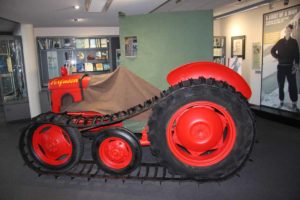
In fact, an exact replica of one of the legendary Ferguson TEA tractors which transported Sir Edmund and his team on their epic journey to the South Pole in 1958 has been made especially for the Centre. You can’t miss it – it’s bright red! There really is a lot to see and enjoy in the Alpine Centre – both the museum and theatre – so be sure to allow enough time.
#5 – Enjoy A Delicious Meal at The Old Mountaineers’ Café
This cozy, iconic café/restaurant & bar has it all – great views, delectable food, organic fair-trade coffee, and a dash of mountaineering history. The Café offers an all-day menu with salmon and bacon pies, cooked breakfasts, burgers and pizza – all while supporting local and organic suppliers.
The Old Mountaineers’ Café Bar & Restaurant was built in 2003 by Charlie & Mary Hobbs. Its décor & Historic Photo Gallery pays tribute to the spirit of mountaineering and the area’s mountain guides since the 1800s. In fact, Charlie is one of New Zealand’s most highly respected mountain and ski guides.
- Our guide Al enjoying a well-deserved beer!
We enjoyed a delightful dinner here one night. I ordered their locally farmed salmon and it was melt-in-your-mouth fabulous! The Old Mountaineers’ Café is great place to linger to peruse the books, photographs and other mountaineering memorabilia while enjoying stunning views of Aoraki / Mount Cook through their large picture windows.
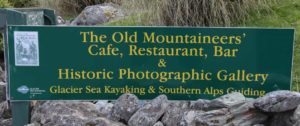
#6 – Get Informed at Mt. Cook National Park’s Excellent Visitor Centre & Tour Fascinating Displays
This world-class Visitor Centre run by NZ’s Department of Conservation (DOC) will introduce you to the wonders of Aoraki/Mt. Cook National Park. Information is provided on walks, attractions and activities in the park & surrounding areas. Plus, the museum-like Centre is packed with displays on a wide array of fascinating subjects.
You could easily spend half a day exploring the artwork collection, interpretation exhibits and watching DVDs about the area. Unfortunately, I had less than an hour, so I had to make a way-too-quick pass through. I noted beautifully done and eclectic displays on glaciers, plants, animals, and New Zealand’s indigenous Maori culture. There was even a full-size replica of an old mountaineers’ hut.
Of course, the Aoraki/Mount Cook National Park Visitor Centre has wonderful displays on mountaineering, including a sobering “In Memoriam” book with a list of climbers lost. It begins with the first death on Mt. Cook in 1907. Since then, more than 70 climbers have died on the peak. Mt. Cook may beautiful to look at, but it’s treacherous to climb!
The Centre’s visually stunning, two-level building features a large picture window looking out at Aoraki/Mt. Cook peak. Aoraki is the Maori name for the mountain, meaning “Cloud Piercer.” As you enter, a beautiful Maori wood carving hangs from above. The carving is of Aoraki and his brother mountains, a sacred part of the Maori creation story.
- Credit: Mt Cook Visitor Center / Jan Svab
Final Recommendations For Visiting Mt. Cook
Aoraki/Mt. Cook National Park is located in the center of the South Island – on the “road route” between Queenstown / Wanaka in the south and Christchurch to the east. It’s around 3 hours to Queenstown, 1 hour to Lake Tekapo, and 4.5 hours to Christchurch.
Most tourists who visit Mt. Cook only do so on a day trip – often en route between destinations. Many visitors arrive on tour buses, stop at the Hermitage Hotel for photos, and then zoom off back down the road.
However, I would strongly recommend you spend at least 1 if not 2 (or more!) nights in Mt. Cook Village. That way, you’ll have the time to really enjoy this beautiful place – and partake in all 6 recommendations above (which realistically needs 2 nights like we did!).
Mt. Cook & Mother Nature
Another reason for spending at least 1-2 nights concerns the weather. Yes, we were blessed with great weather and mostly clear skies during my stay – so we enjoyed spectacular mountain views as you saw in the photos. However, our last morning was overcast and cool/cold with low clouds covering the mountains.
Since the Park is an alpine environment – and only 44km from the island’s west coast – weather can be extremely changeable. Unfortunately, Mt. Cook’s peak is frequently covered with clouds and mist. Sadly, it is certainly possible to spend a day or two in the Mt. Cook area and not get clear mountain views.
However, like with all travel – there are never any guarantees when it comes to weather. Mother Nature definitely has a mind of her own! Thus, spending a little longer in Mt. Cook will give you better odds of having at least some periods of clear skies for those beautiful photo-worthy mountain views.
Best Wishes for Happy Travels to Aoraki/Mt. Cook
Mackenzie Region Tourism Website – Aoraki/Mount Cook Village Info
Check out My Other New Zealand Blog Posts:
- Mt. Cook’s Hooker Valley Must-Do Hike – Beautiful & Easy!
- New Zealand’s Fox Glacier Heli-Hike: A Breathtaking Adventure
Comments: Have you visited New Zealand? Was Aoraki/Mt. Cook on your itinerary? What did you do there? If not yet, do you hope to visit New Zealand one day? Do you think you would add Mt. Cook to the itinerary? Do you have a fascination with Sir Edmund Hillary like me?

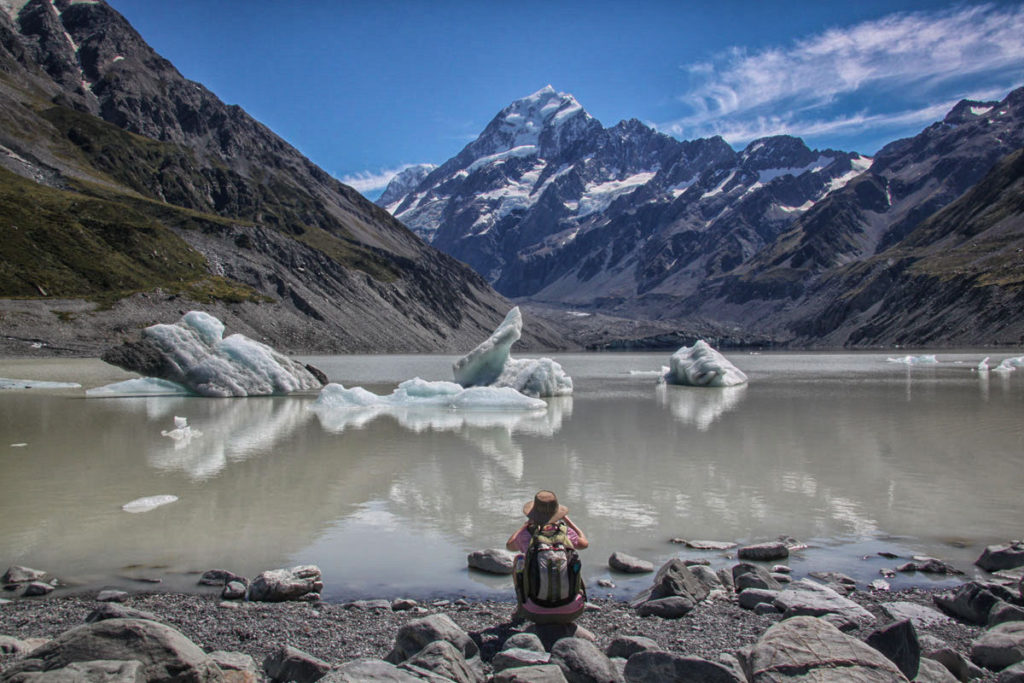
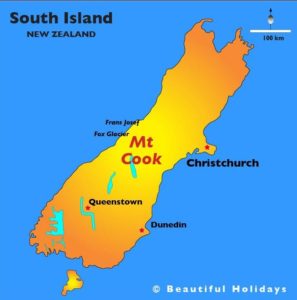
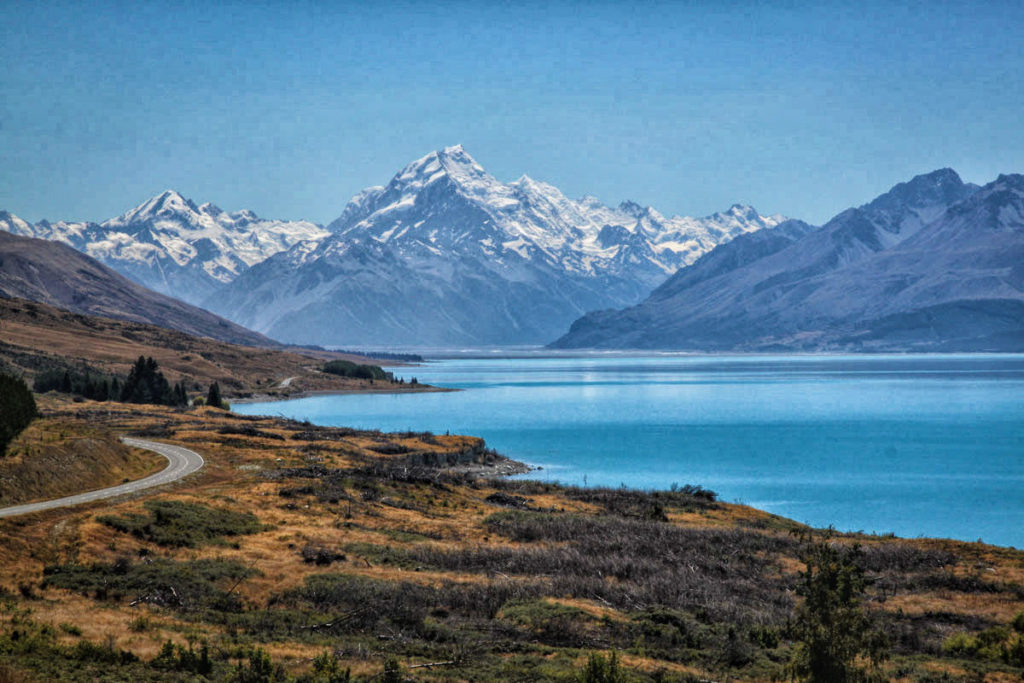
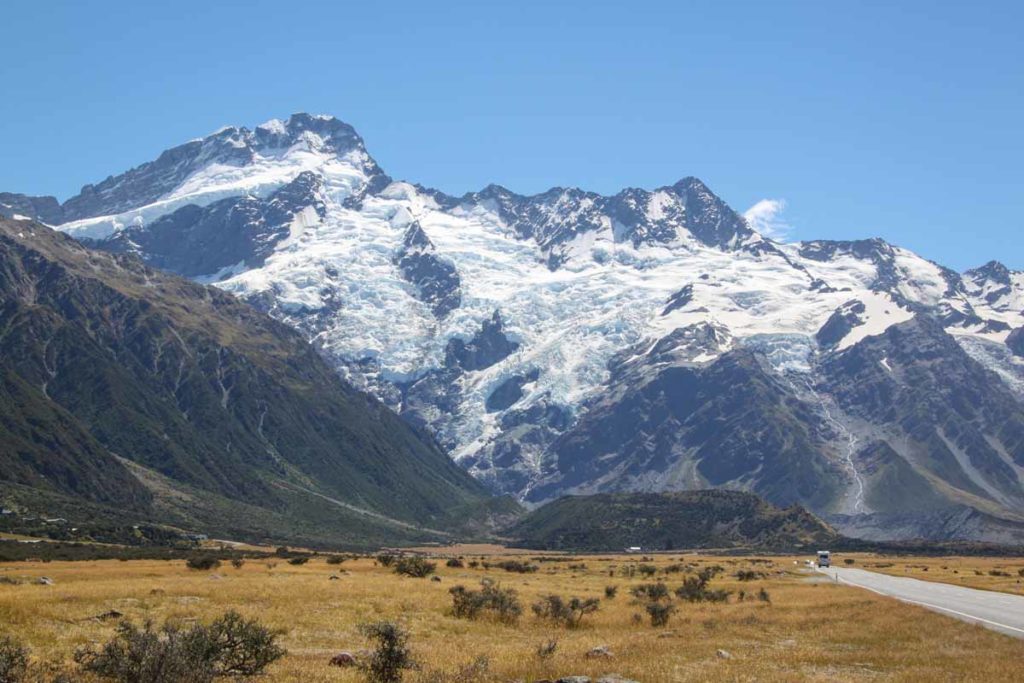
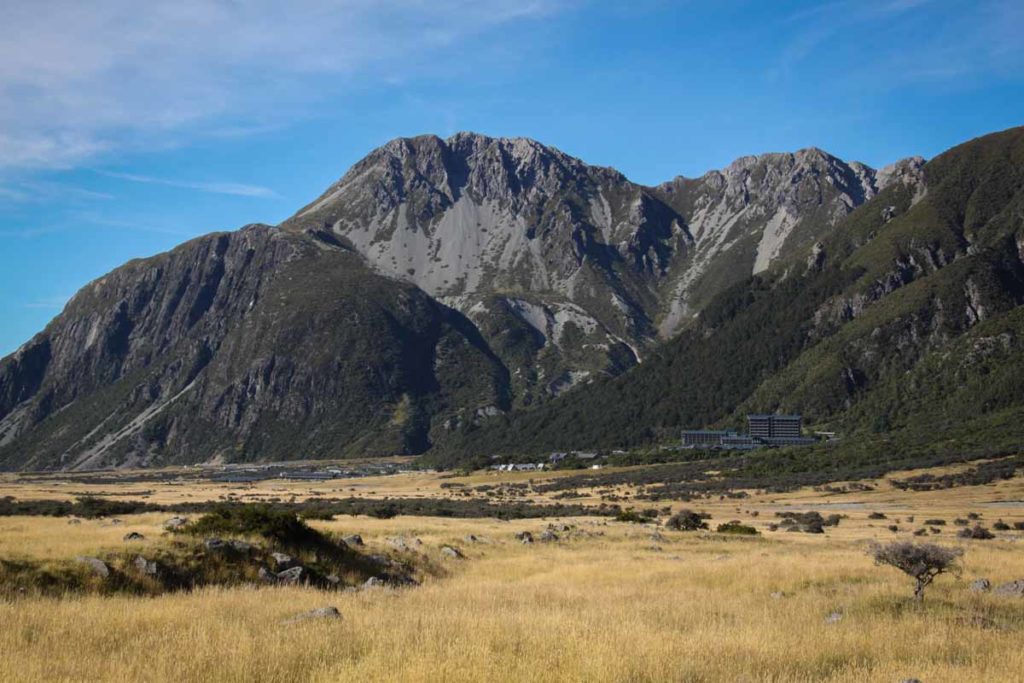
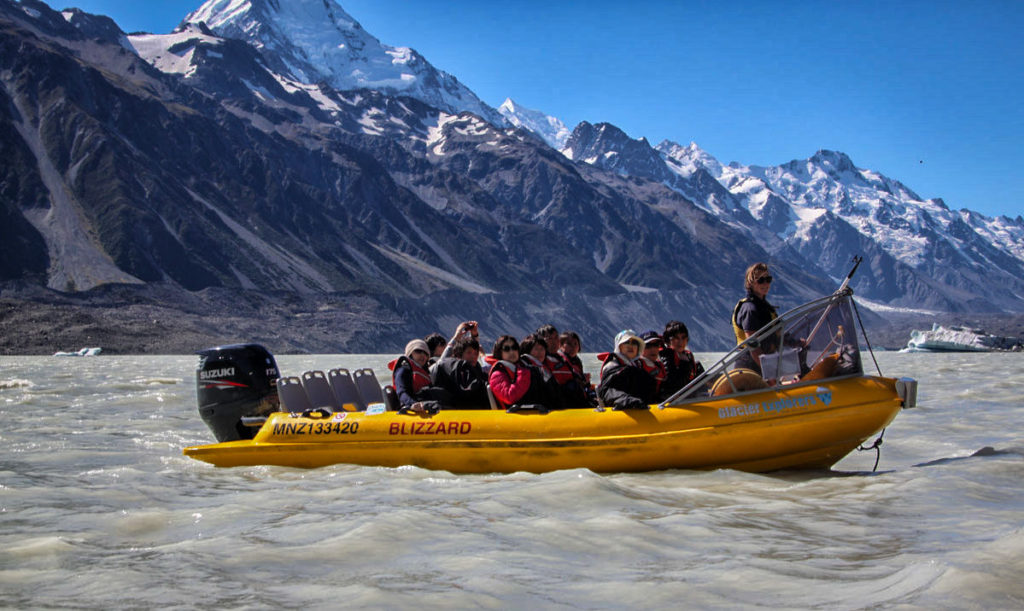
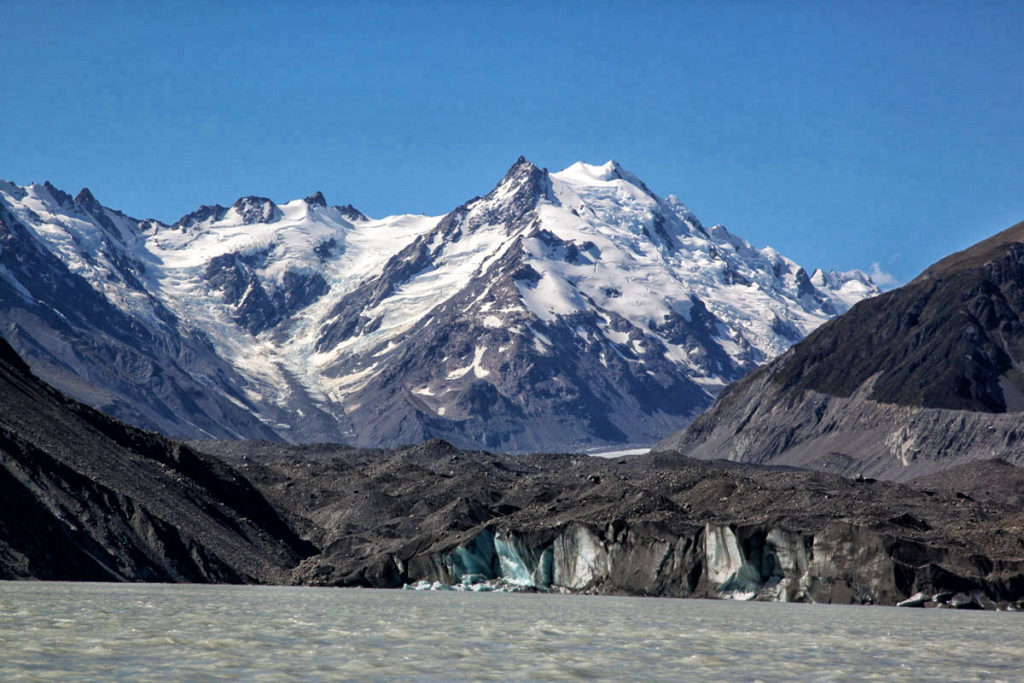
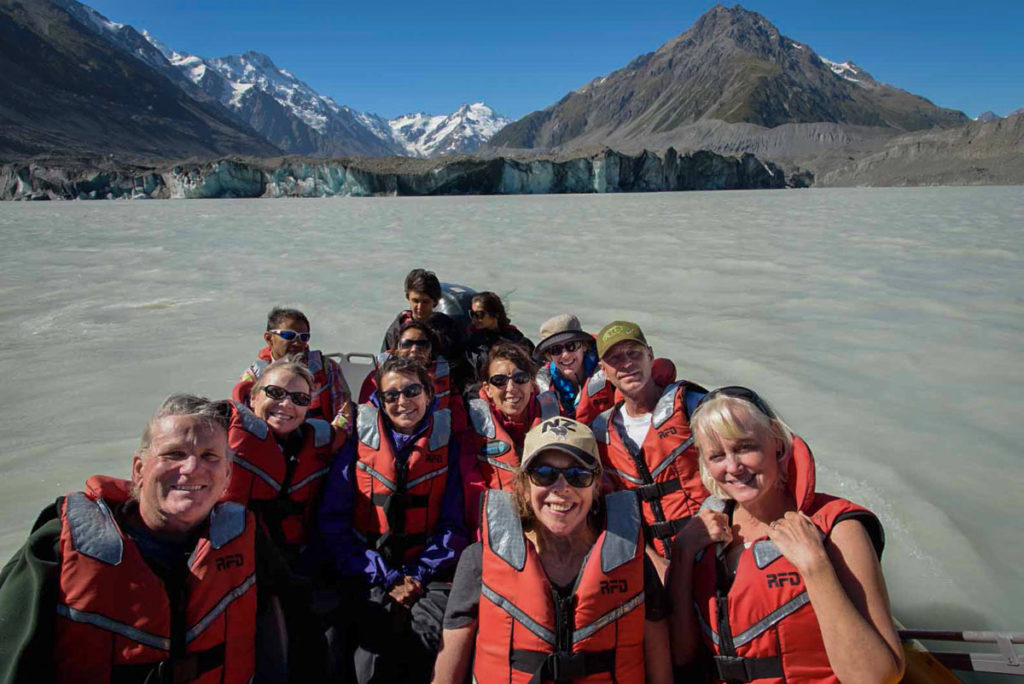
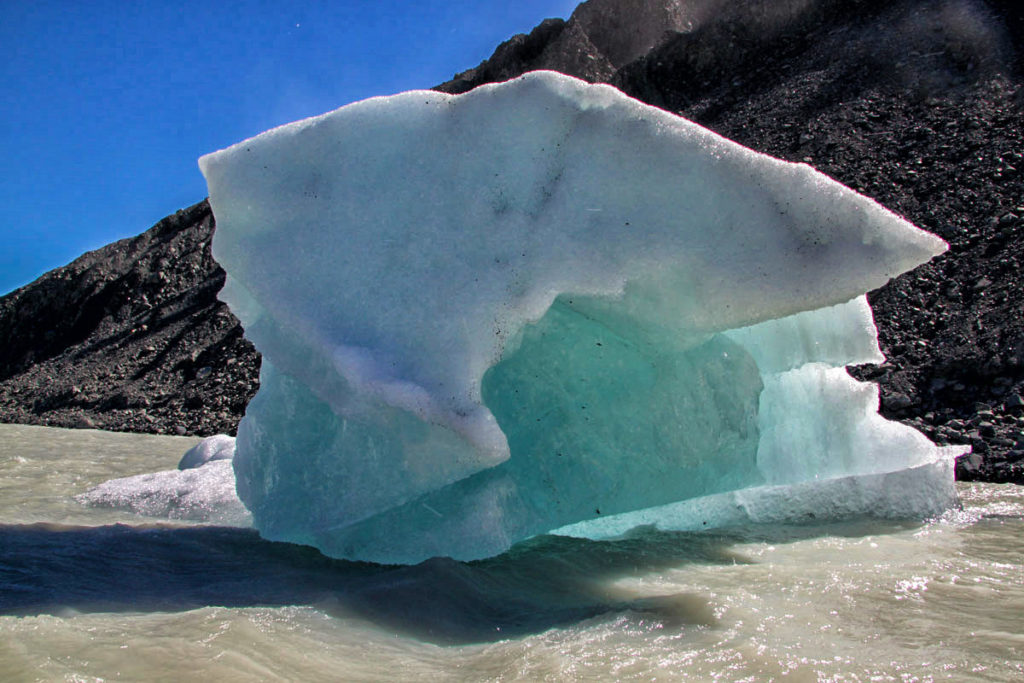
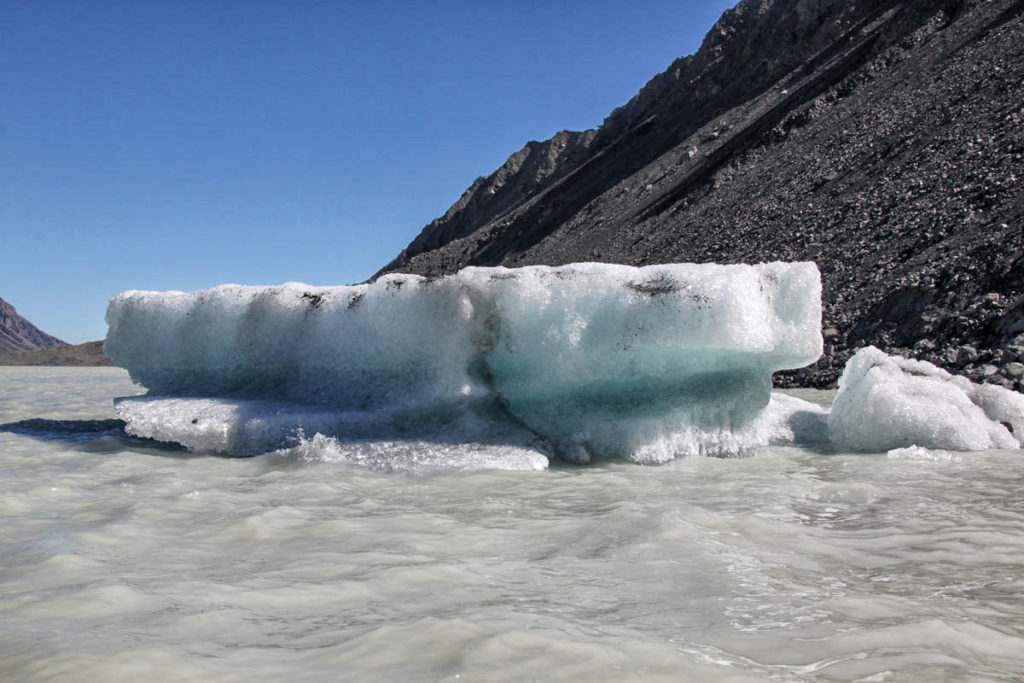
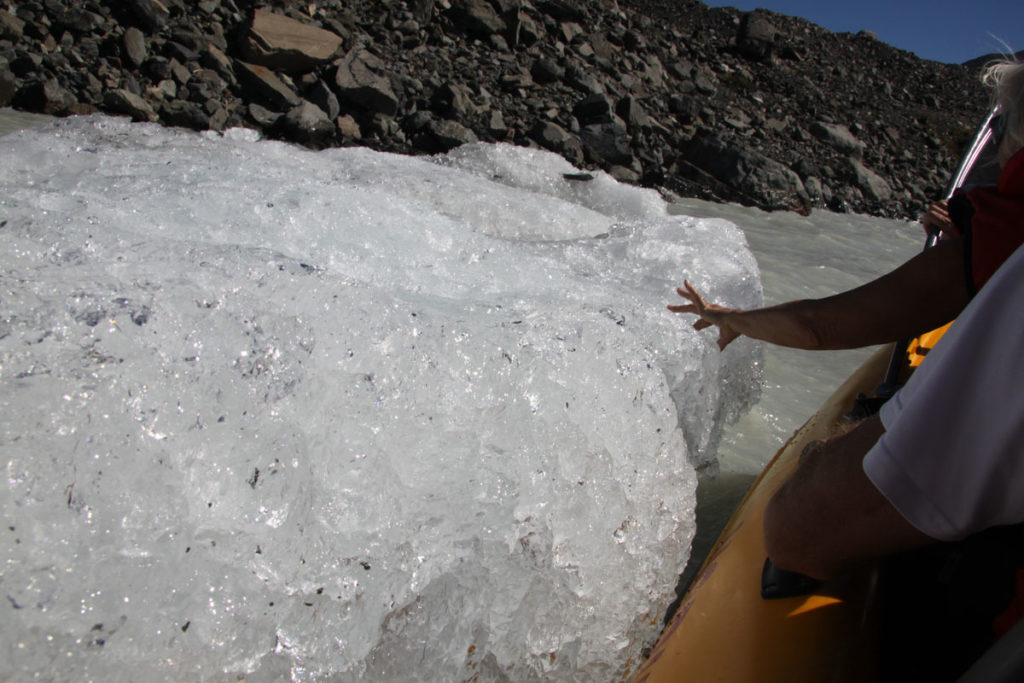
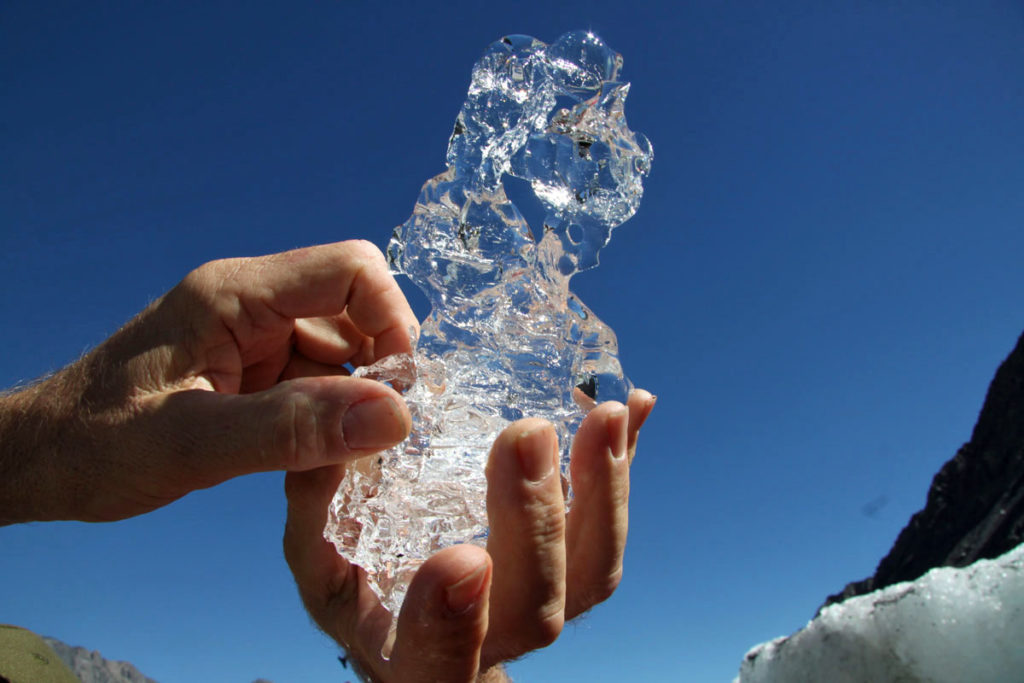
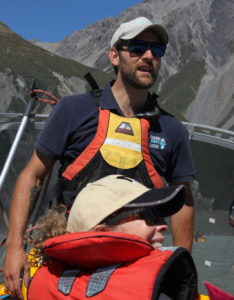
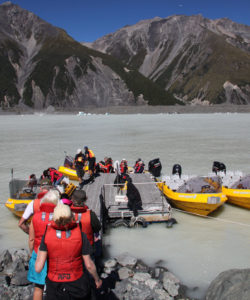
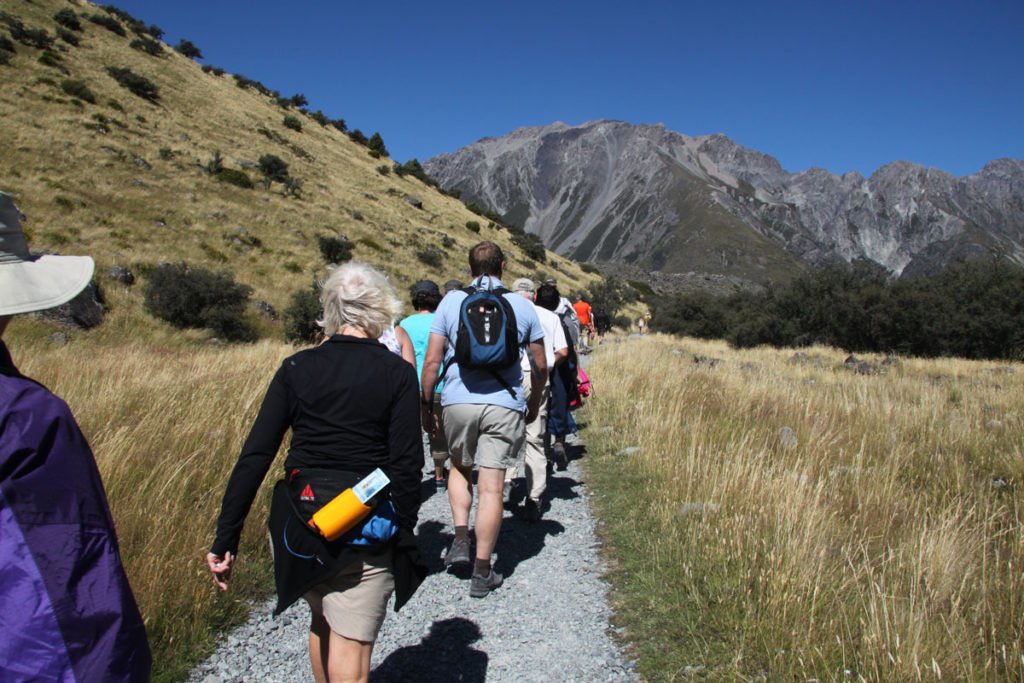
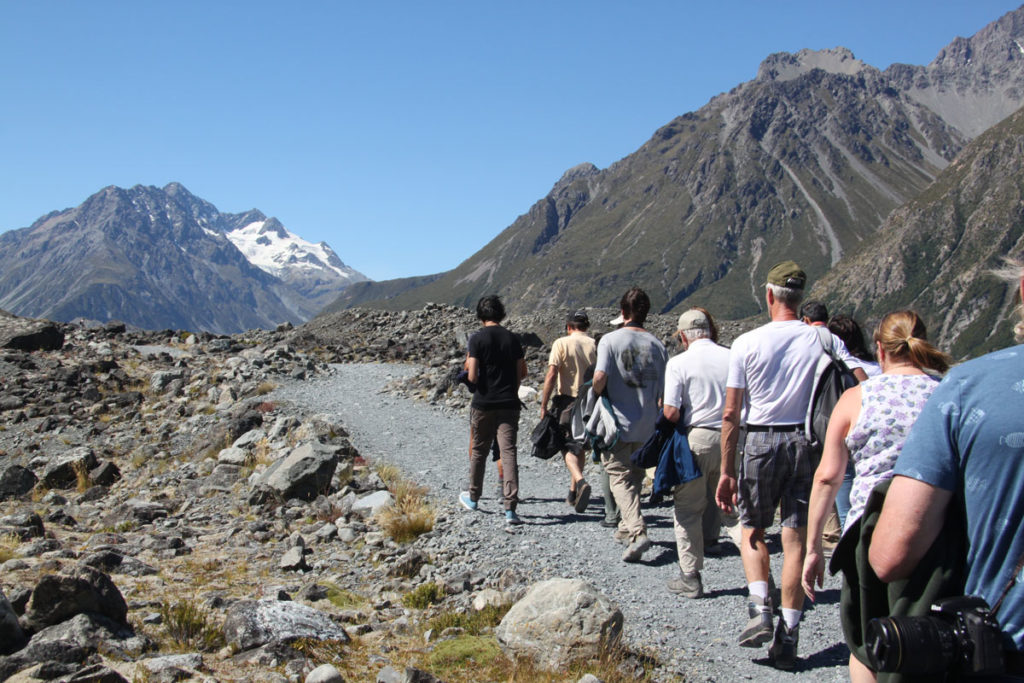
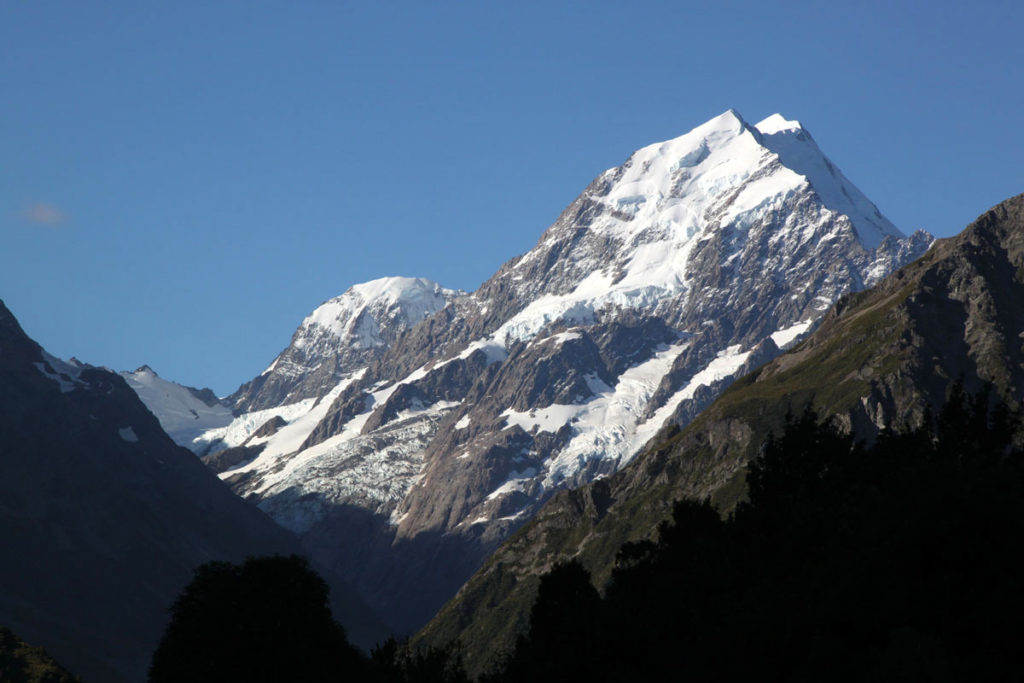
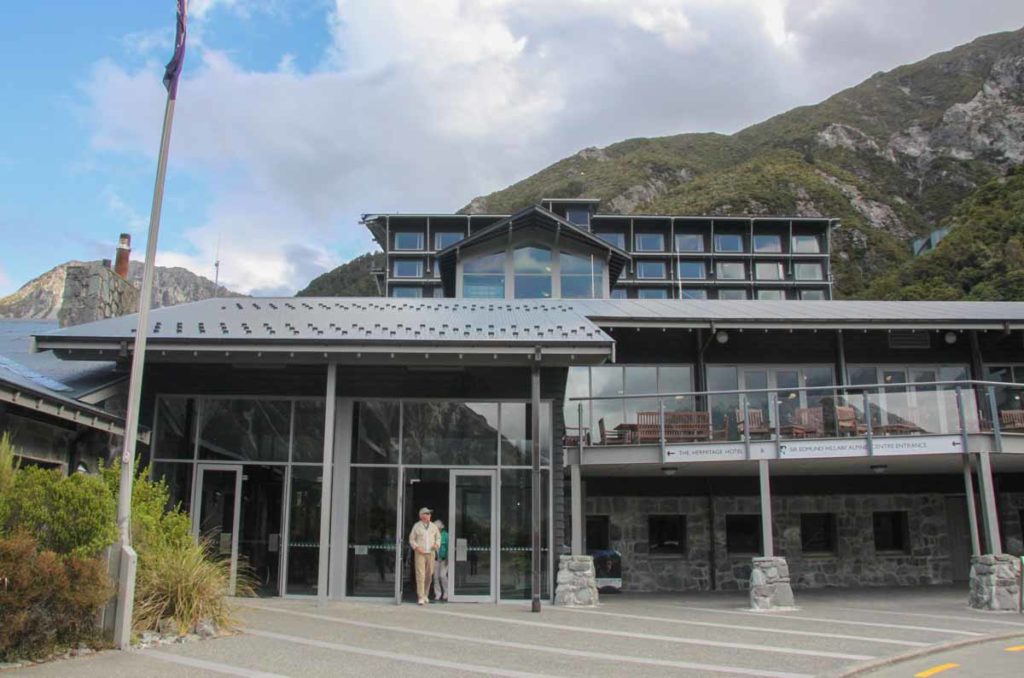
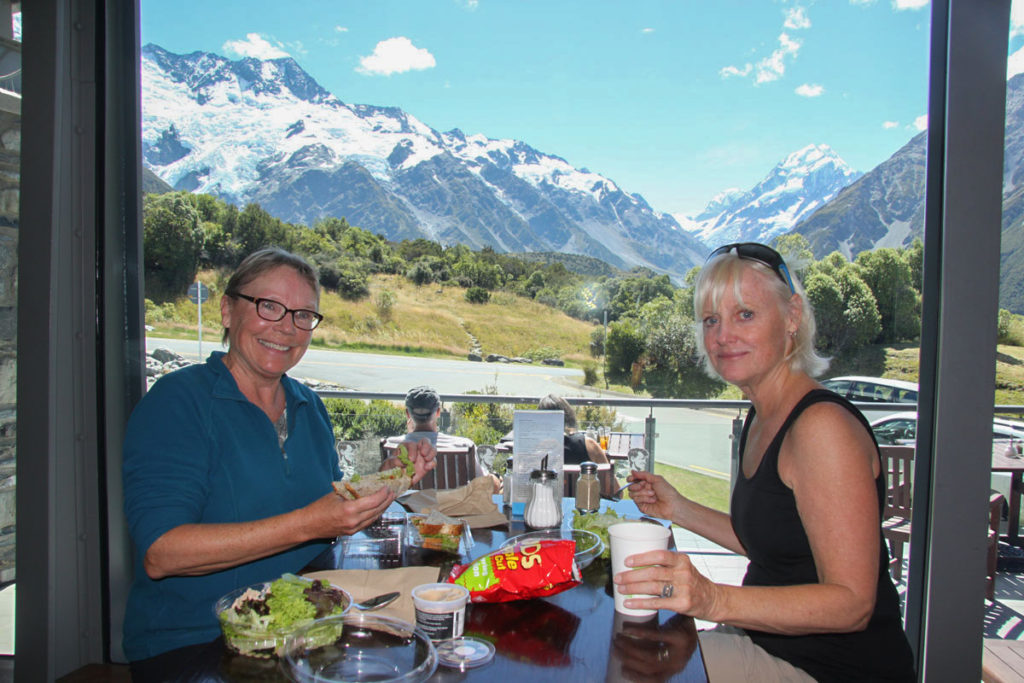
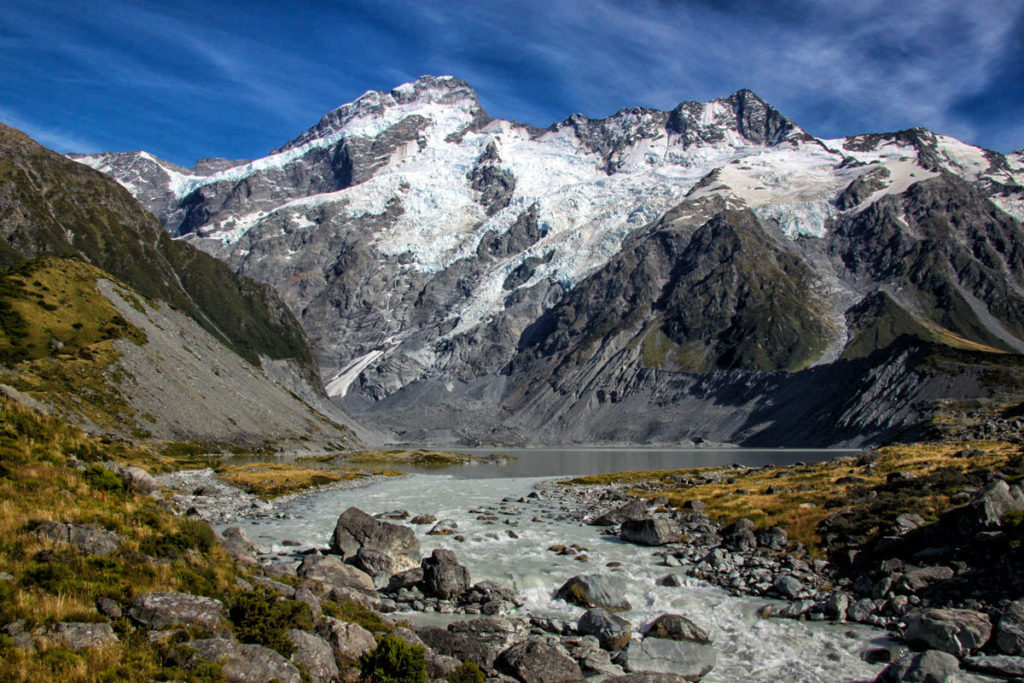
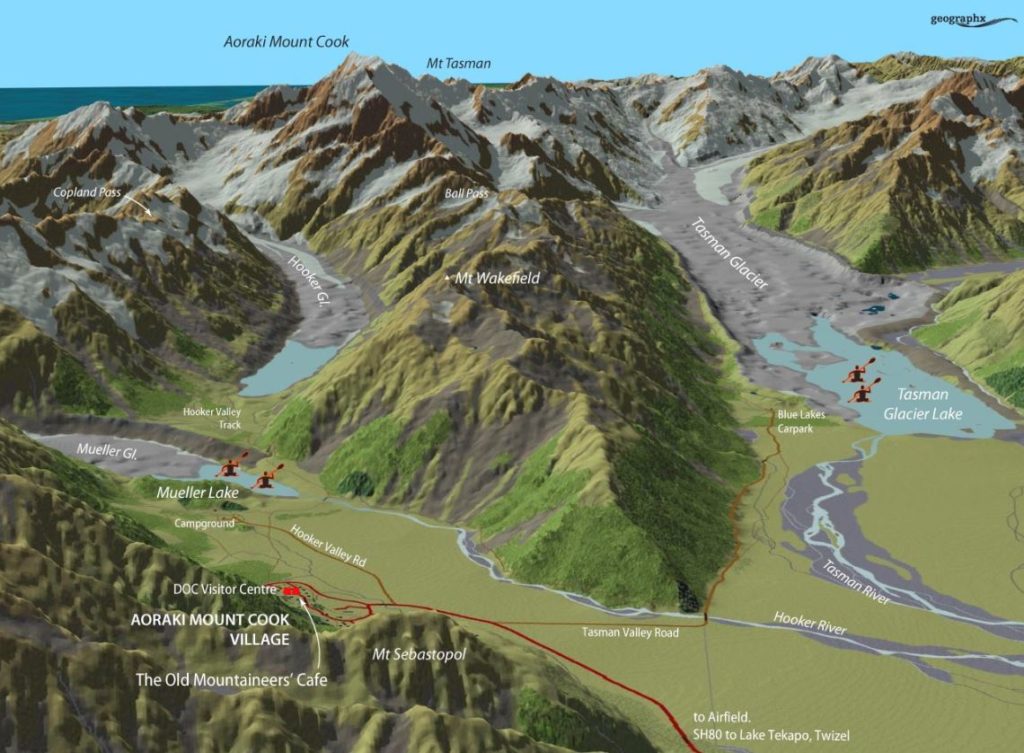
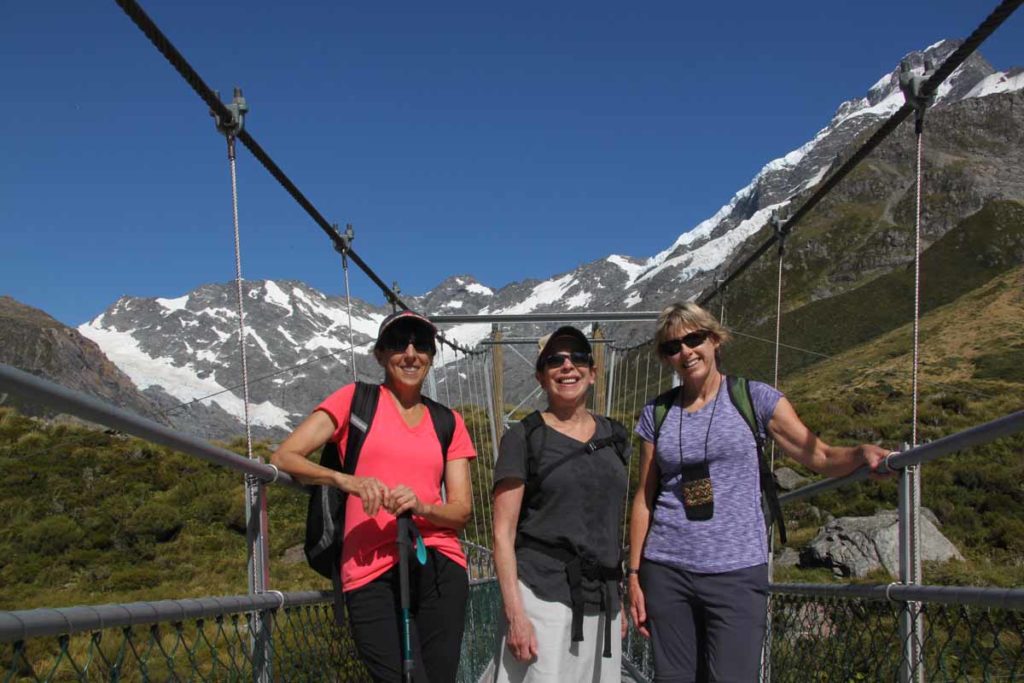
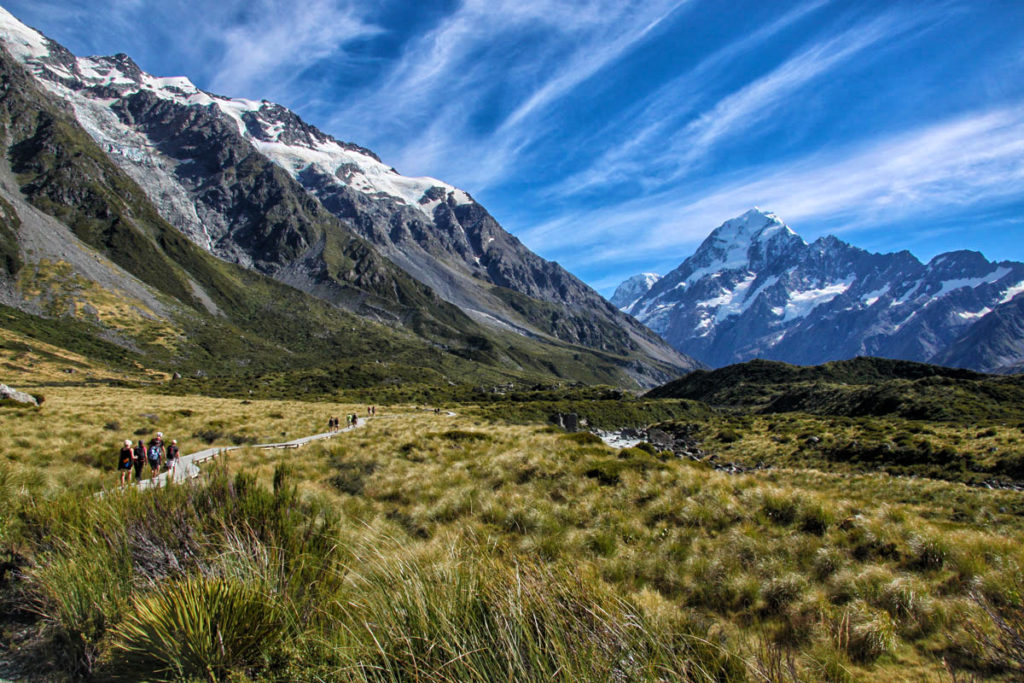
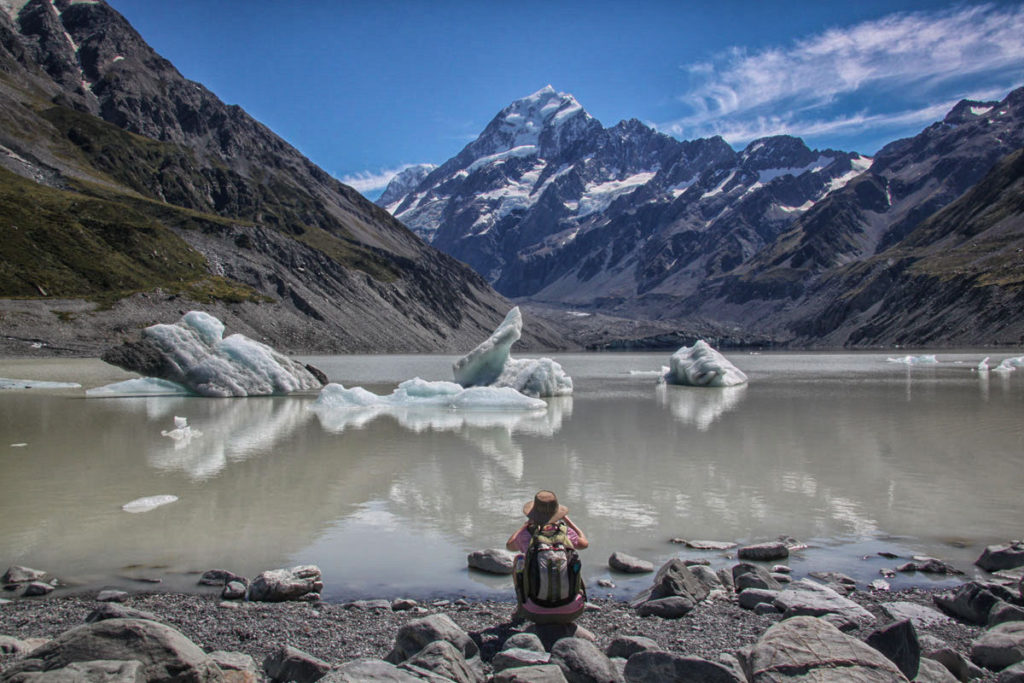
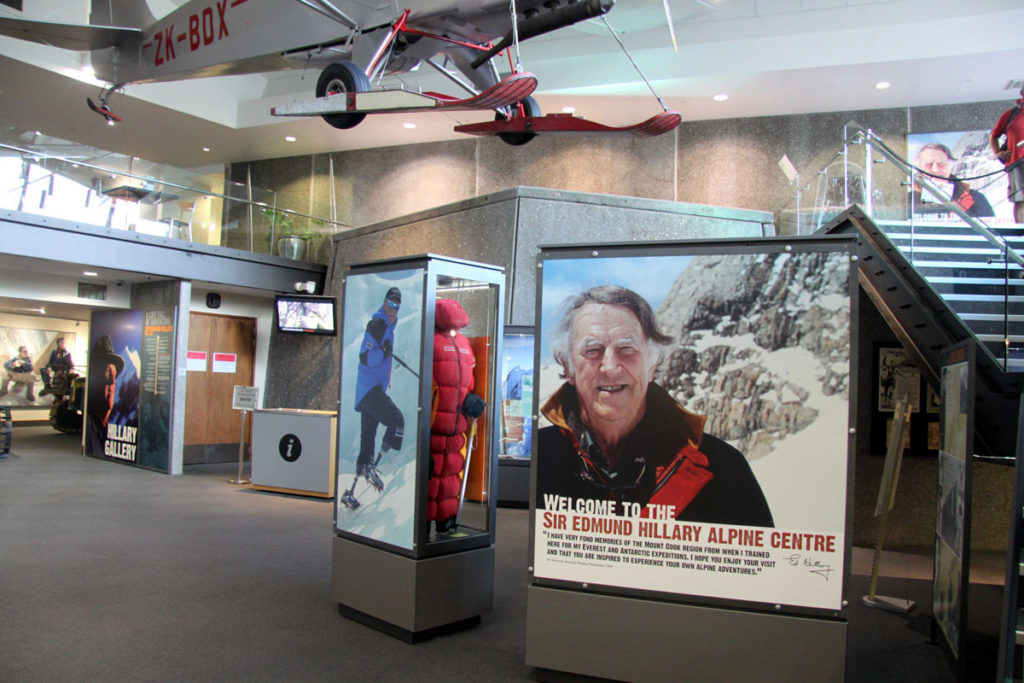
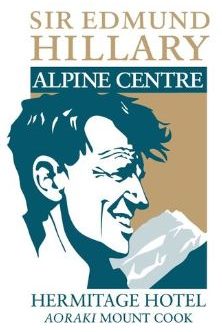
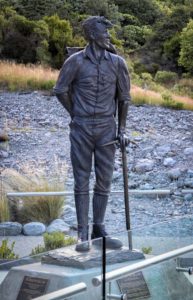
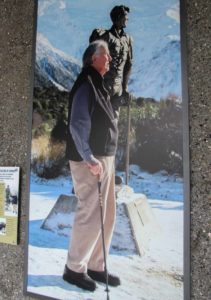
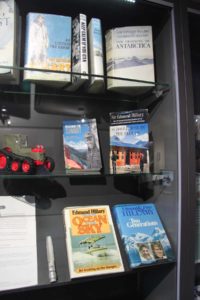
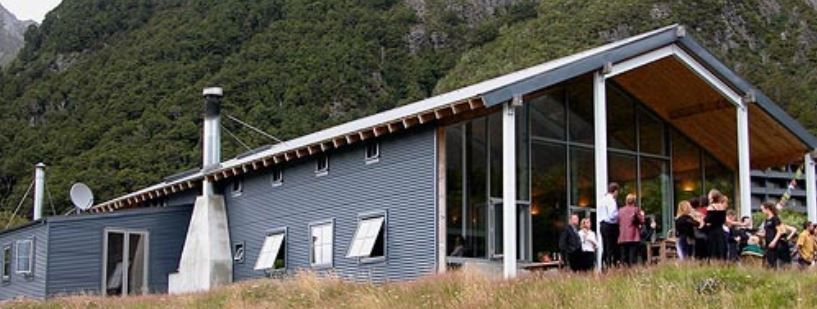
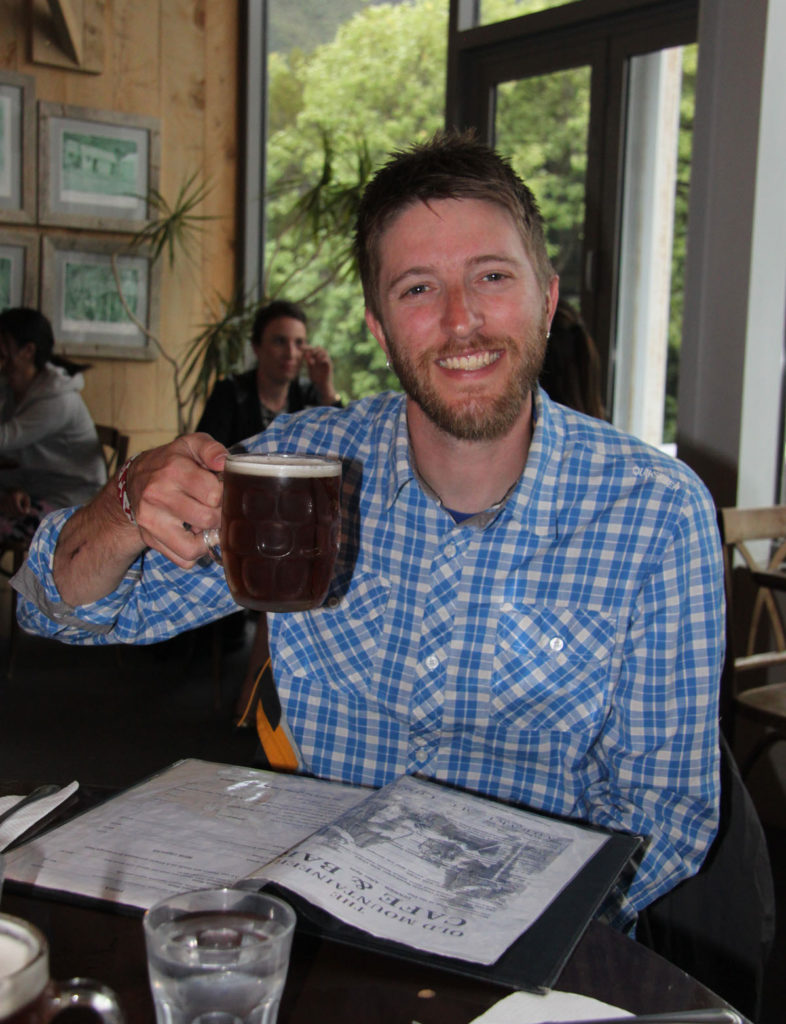
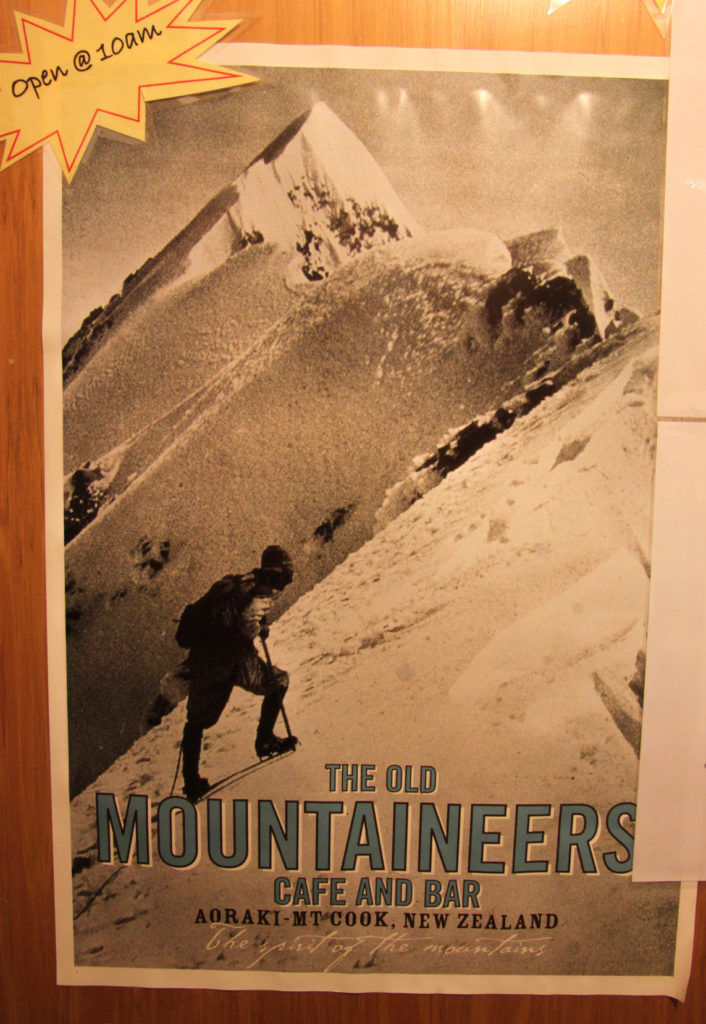
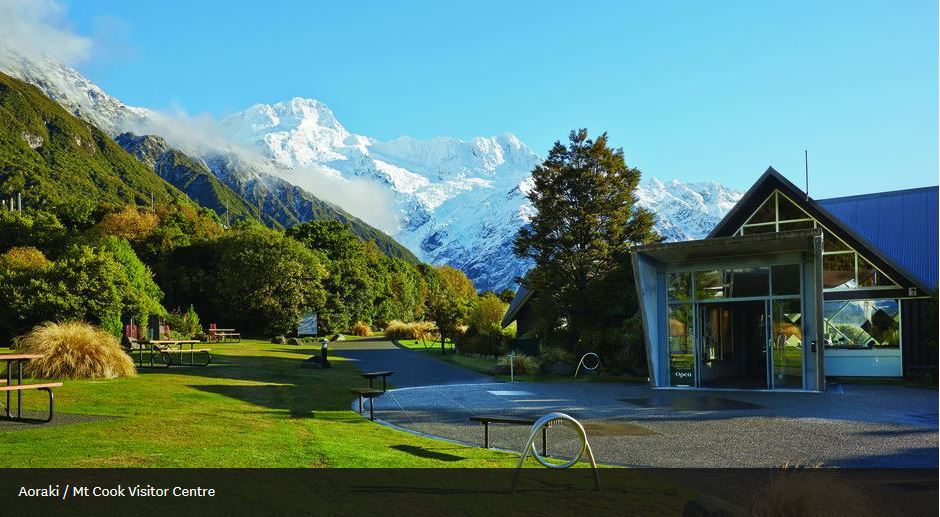
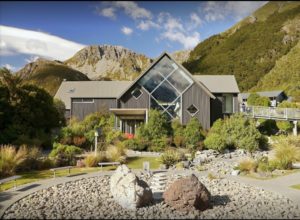
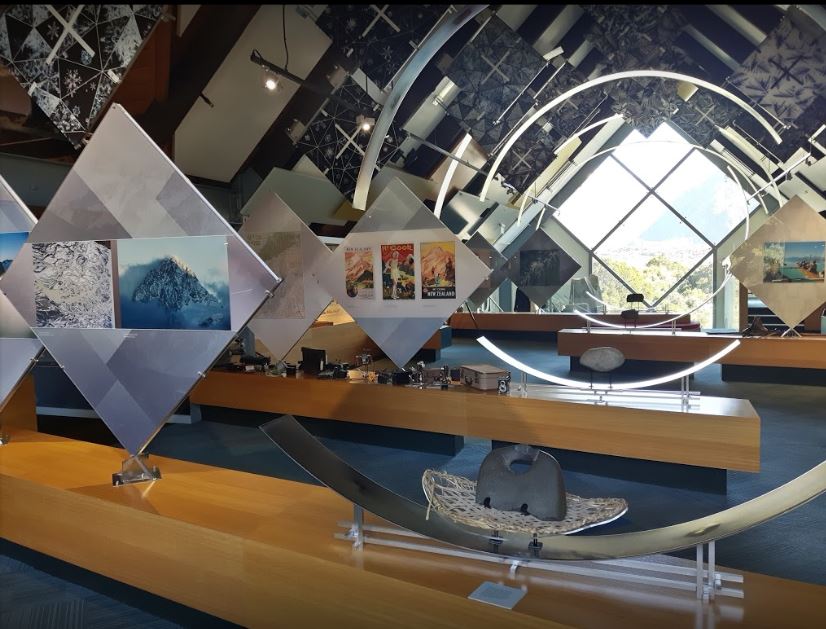
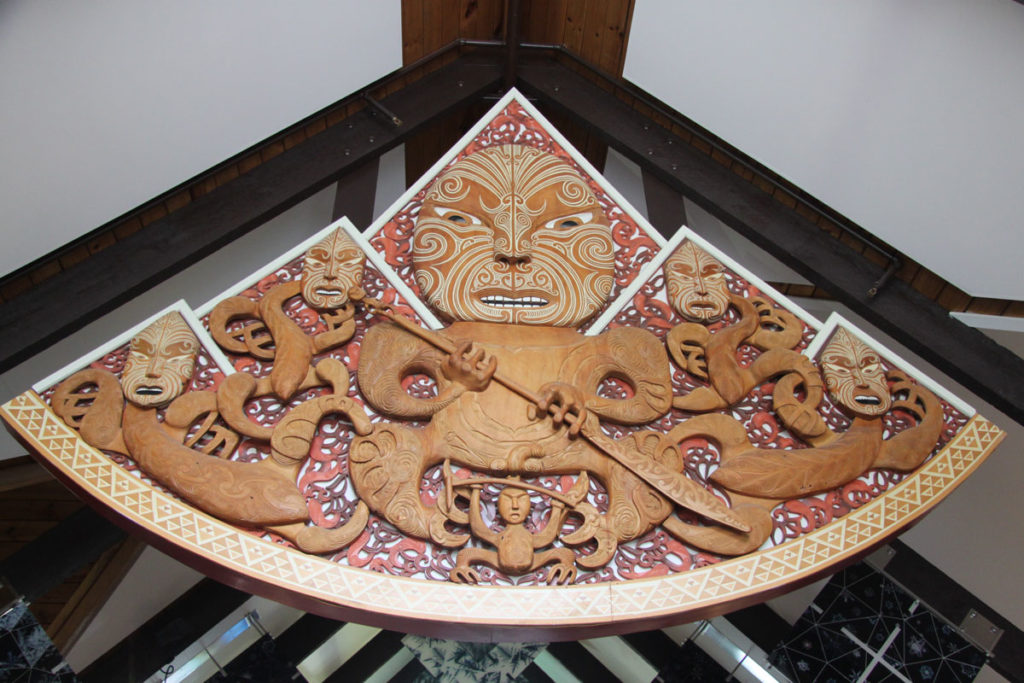
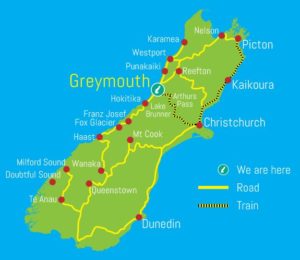
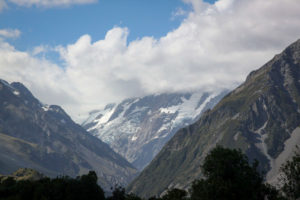
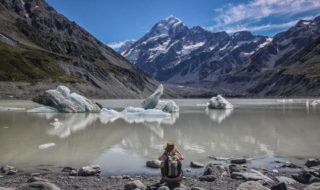

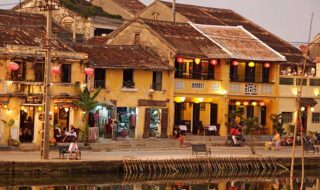
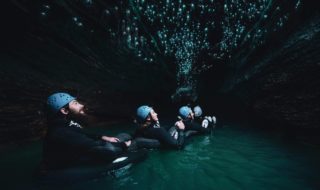
Post a Comment